Everyone wants TSMC to build their 3nm chips as Samsung Foundry has trouble finding customers
Samsung Foundry remains far behind TSMC and now has China's SMIC closing in.

Let's say you work for a major device manufacturer that is a fabless chip designer. In other words, while you design your own chips, you lack the facilities to produce them which explains the fabless label (Fab is short for a semiconductor fabrication facility). Suppose part of your job is to decide which foundry is going to build your chips. Right now, if you need advanced semiconductors, you have only two possibilities, TSMC and Samsung Foundry.
But if you need your chips built using the most advanced process node of 3nm, there is no choice. TSMC is the foundry of choice. You might have to pay more and hope that there isn't a capacity issue that forces your order to be put on allocation by the foundry. However, if reliability is an issue, which it usually is, you want the foundry churning out 3nm chips with a 90% yield rather than the one with a 50% yield at that node which is Samsung Foundry.
Big tech firms that count themselves as TSMC customers include Apple, MediaTek, Nvidia, and Qualcomm. The latter had decided to have Samsung Foundry produce the Snapdragon 8 Gen 1 during 2021-2022. However, the foundry reportedly had an extremely low 35% yield and Qualcomm pulled its business from Samsung Foundry. Instead, it reworked the chipset and had it built by TSMC as the Snapdragon 8 Gen 1+. Since then, Qualcomm has relied on TSMC exclusively to manufacture its flagship Snapdragon 8 SoCs.
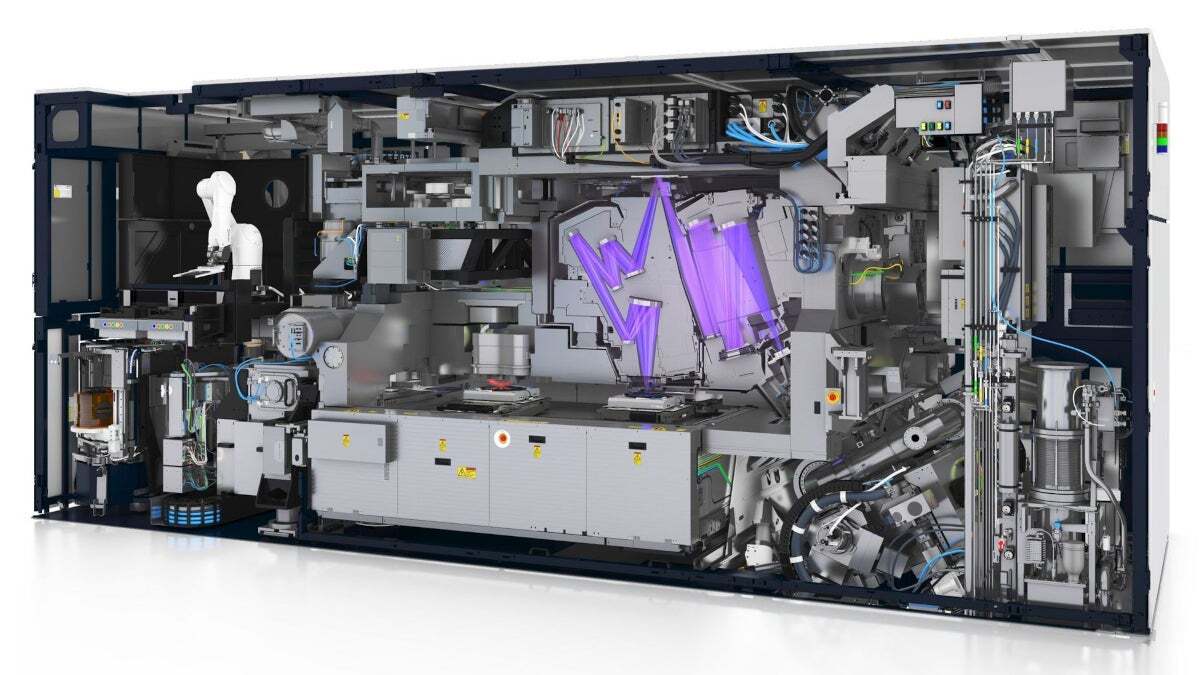
The extreme ultraviolet lithography machine helped to take chip production under 5nm. | Image credit-ASML
While TSMC is clearly the most reliable in-demand foundry, Samsung Foundry is a distant second. Coming up fast behind Samsung is China's SMIC which happens to be the third-largest foundry in the world. Due to U.S. and Dutch sanctions, SMIC is not allowed to purchase an extreme ultraviolet lithography (EUV) machine used to transfer circuitry patterns onto silicon wafers using lines thinner than human hair. EUV machines allow for the placement of billions of transistors inside these semiconductors.
SMIC reportedly is using older Deep Ultraviolet Lithography (DUV) machines, purchased before sanctions hit, to build Huawei's new 5nm Kirin X90 chip used to power the Mate Book Pro laptop. The foundry also uses multiple impressions in an attempt to make up for the lack of an EUV machine. However, this results in lower costs and higher prices for such chips. Still, SMIC is ready to make 5nm and 7nm chips for the Chinese automotive manufacturing sector which would be another blow to Samsung Foundry which has been doing brisk business making such chips for these Chinese-based firms.
With 2nm chips coming to smartphones next year, including the iPhone 17 line, TSMC will remain on top and possibly stay there well beyond 2026.
Follow us on Google News




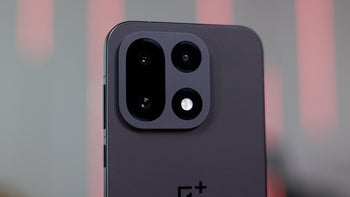
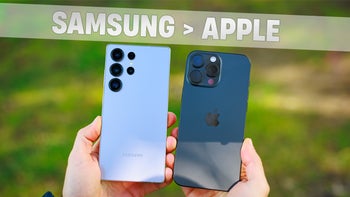


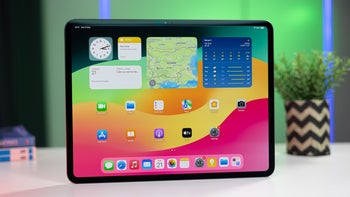


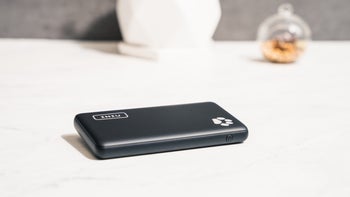
Things that are NOT allowed:
To help keep our community safe and free from spam, we apply temporary limits to newly created accounts: